
Sign in to your ScreenRant account
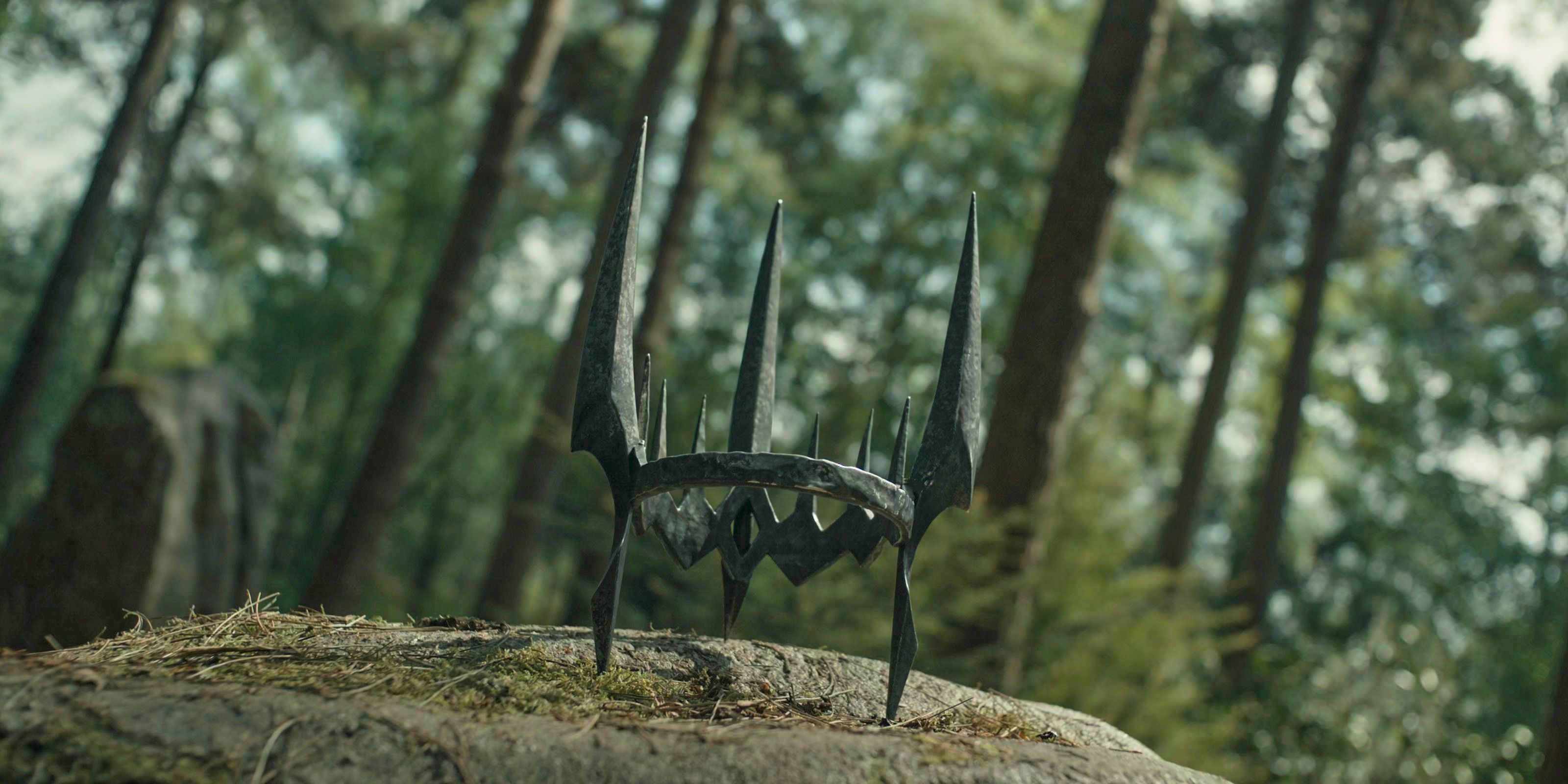
Those beginning to explore author J.R.R. Tolkien's The Lord of the Rings books are sure to come across or hear about The Silmarillion—but what exactly is this book, and how does it fit with Frodo's story? Tolkien's The Silmarillion has been an even more prominent topic of conversation in recent years since the on-screen Lord of the Rings franchise has begun to grow. Prime Video's The Lord of the Rings: The Rings of Power is a prequel series set thousands of years before Frodo destroyed the One Ring, and part of this tale is found in The Silmarillion. Still, that's far from all this book describes.
Tolkien started his iconic fantasy series with the short novel The Hobbit, and the stories of Middle-earth exploded from there. The author expanded the tale into The Lord of the Rings series, which comprised six individual novels (often condensed into three today) detailing the War of the Ring. Still, this is only the tip of the iceberg regarding Tolkien's legendarium. The author spent his life writing about where the world in The Lord of the Rings came from and how Sauron's One Ring came to be a problem during Frodo's day. This and more is contained within The Silmarillion.
The Silmarillion Is Tolkien's Textbook-Like LOTR Prequel
This Book Isn't Quite Like The Hobbit Or Lord Of The Rings
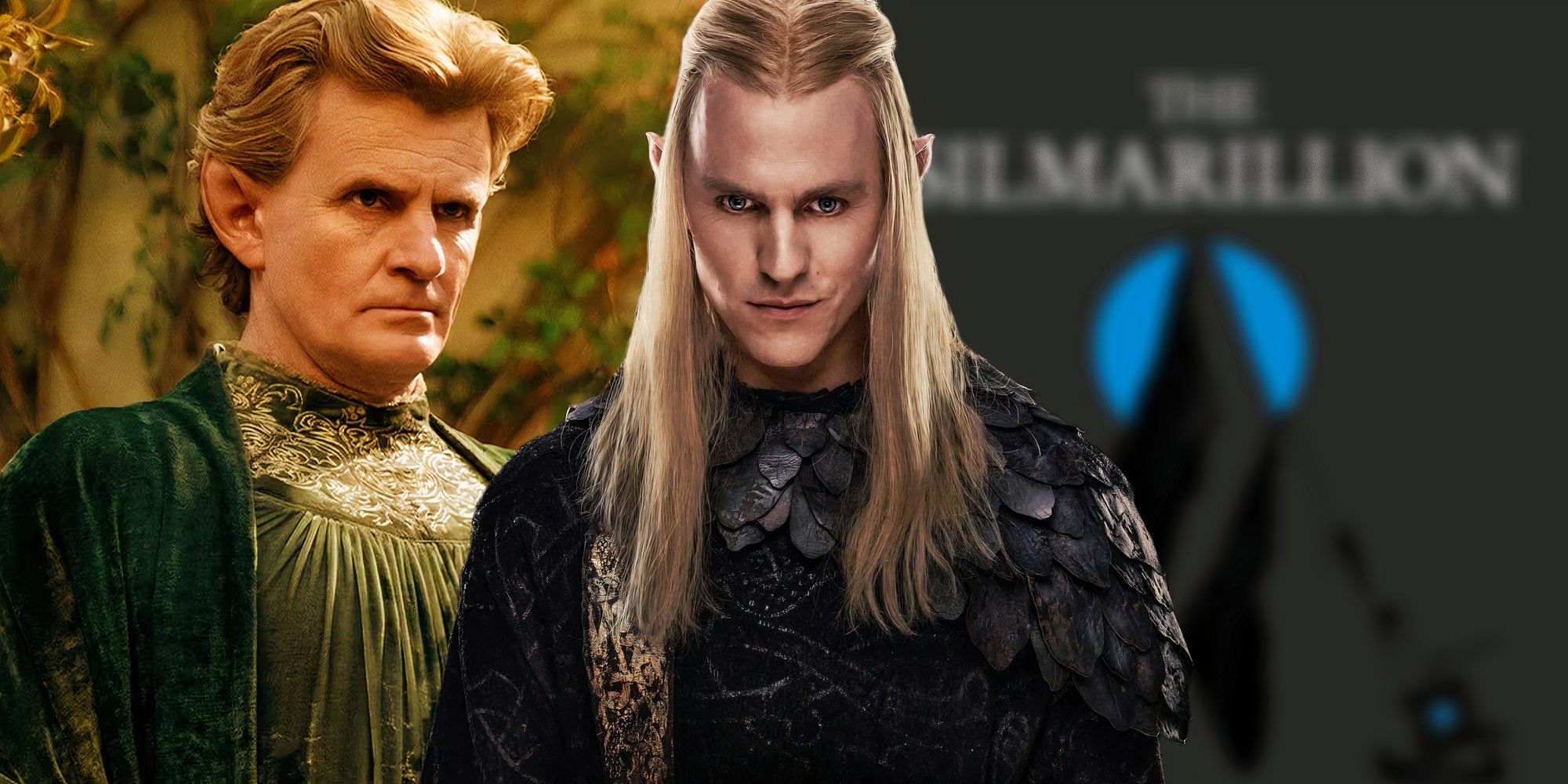 Custom Image by Lewis Glazebrook
Custom Image by Lewis Glazebrook
The Silmarillion picks up with the creation of the universe and continues the story over tens of thousands of years. It can technically be called a Lord of the Rings prequel since everything contained within occurs in the years, decades, centuries, and millennia before Frodo's journey. Still, this doesn't perfectly define Tolkien's Silmarillion. It's not a novel. Instead, the tales within are written more like an in-world history book. It's meant to be ancient stories and legends Tolkien discovered, not created, and translated into English.
For this reason, The Silmarillion is often considered a relatively dry read. Still, there is no better place to discover the extent of The Lord of the Rings' history. The Silmarillion provides valuable context for characters like Sauron and Gandalf, which Tolkien's central stories never fully explore. The textbook also explains the origins of Middle-earth's various races, deities, and landforms. It is, perhaps, one of the most genius and extensive pieces of work in fantasy history.
What Stories & Years The Silmarillion Covers
Basically, Everything Before Bilbo Is At Least Discussed
Tolkien held nothing back when he began expanding his Lord of the Rings world. He took inspiration from the creation stories of Christianity and Norse mythology, among others, and constructed a universe all his own. The Silmarillion starts this off with the Ainulindalë, or "Music of the Ainur," which details how the Lord of the Rings god Eru Ilúvatar created the Ainur—demigod Valar and angel-like Maiar—and worked with them to make the universe through song. From there, Arda (the world) was formed and underwent various changes over many more centuries.
The Silmarillion also details the betrayal of the Valar Melkor, who became Morgoth, the first Dark Lord. This villain did a lot of terrible things, much of which is described in Tolkien's Lord of the Rings textbook. Still, the most notable was the theft of the Silmarils. These were beautiful stones created by the elf Fëanor and the namesake for The Silmarillion. Morgoth stealing the Silmarils and taking part in the destruction of the Two Trees of Valinor was the catalyst for the wars to come.
Still, The Silmarillion goes beyond this. It describes Morgoth's downfall (which also involved the Silmarils) and the rise of Sauron, Morgoth's Maia lieutenant. The book also explores Sauron's deception in Eregion as Anatar, the fall of Númenor, and the Last Alliance of Elves and Men. Basically, the Silmarillion covers everything from the start of the universe to the lead-up to The Hobbit and The Lord of the Rings.
The Silmarillion Was Only Published After Tolkien's Death
Tolkien Never Finished The Silmarillion
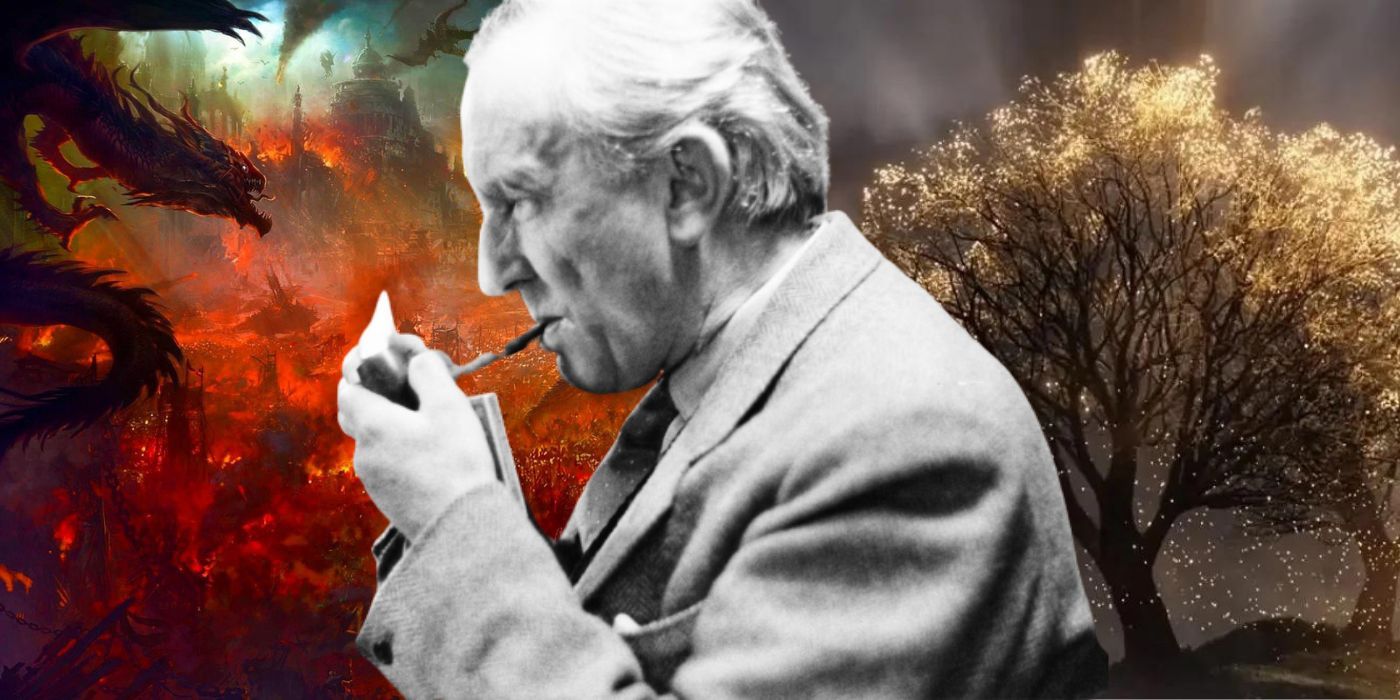
Tolkien never actually finished writing The Silmarillion during his lifetime. He had notes upon notes detailing the entire history of The Lord of the Rings, but they hadn't been wholly pieced together by the time the author died in 1973. So, his son, Christopher Tolkien, took the time to organize his father's works and have them posthumously published in J.R.R. Tolkien's name. The Silmarillion was ultimately published in 1977 and contains writings from both the original author and Christopher. Tolkien's son also published other works after his father's death, despite the fact that these contain contradictions to The Silmarillion.
Why Tolkien's Other LOTR Histories Sometimes Contradict The Silmarillion
Tolkien "Canon" Isn't So Easy To Define
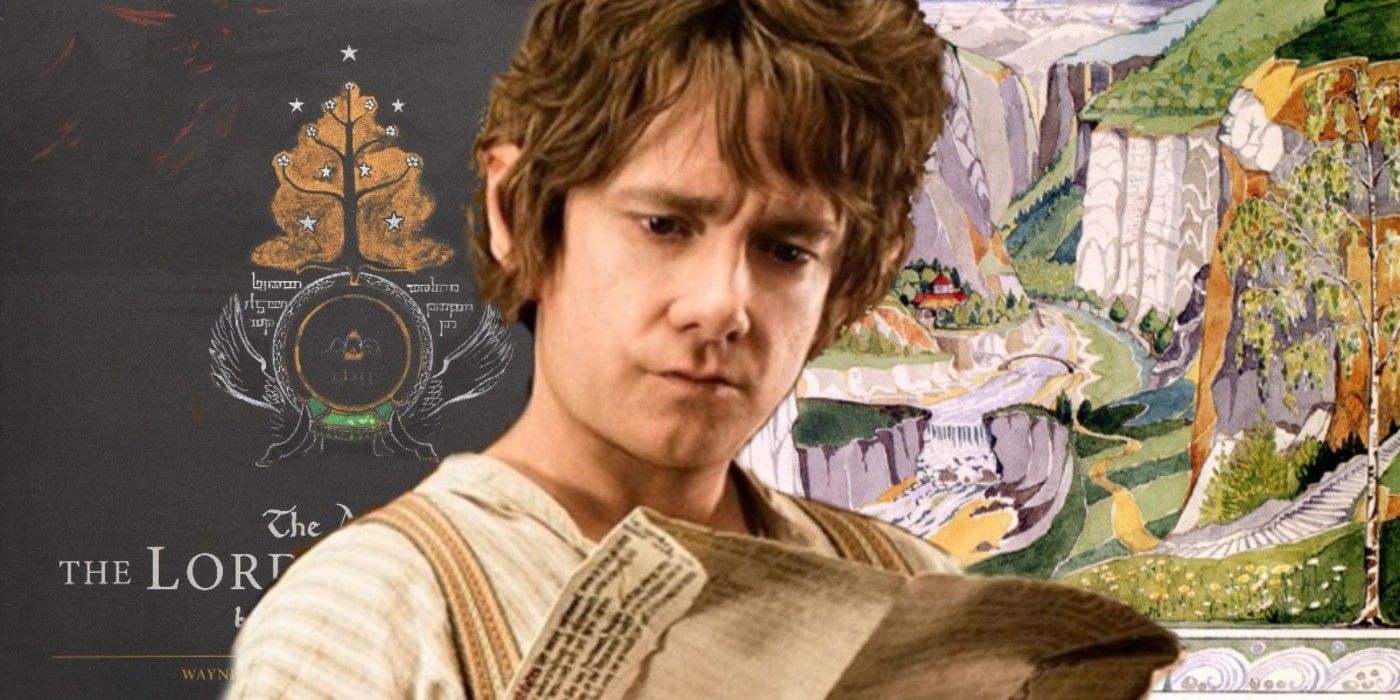
Tolkien was passionate about remaining consistent in his work. However, he also introduced some purposeful unreliability. Within Tolkien's own world, he wasn't the author of The Lord of the Rings. Instead, he was meant to be a translator who found texts from an ancient civilization and organized them into English. Like any type of history, we must take the original historian at their word, and this can sometimes contradict the accounts of others. For this reason, nailing town only a single "canon" within The Lord of the Rings is impossible.
It ultimately came down to Christopher Tolkien to pick and choose what would make it into these books, but the posthumously published stories aren't entirely perfect.
Still, this isn't the only reason that some of Tolkien's works, especially those posthumously published like The Silmarillion, contain contradictions. None of these stories were entirely finished, and there were some that Tolkien was never quite happy with. He changed his mind about the details of his timeline and characters and played around with alternate versions of certain stories. It ultimately came down to Christopher Tolkien to pick and choose what would make it into these books, but the posthumously published stories aren't entirely perfect.
Movie & TV Rights For The Silmarillion Explained
The Silmarillion Cannot Be Adapted
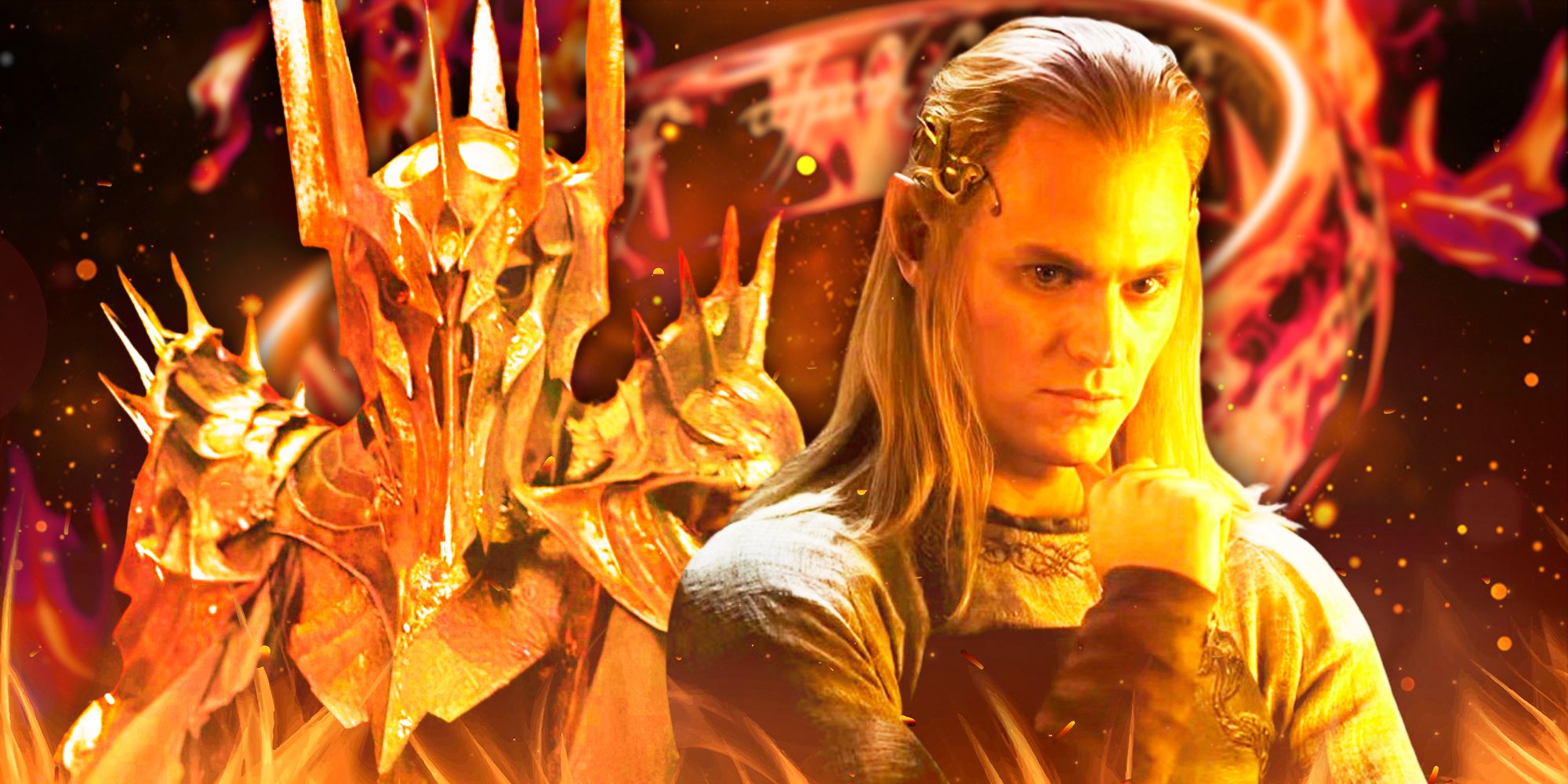 Custom Image by Ana Nieves
Custom Image by Ana Nieves
In recent years, stories from The Silmarillion have begun to be adapted to the screen. Prime Video's The Rings of Power is the first to stretch back to Tolkien's Second Age, though the TV show has significantly changed what is typically considered canon. This has a lot to do with the fact that Amazon doesn't have the TV rights to The Silmarillion. Similarly, Warner Bros and New Line Cinema don't have the movie rights to this piece of work either. The only thing any of these companies can adapt is The Hobbit and the entirety of the Lord of the Rings books.
When Tolkien was alive, he sold the rights to his published Lord of the Rings books. This allowed The Hobbit and all six Lord of the Rings novels to be made into movies or TV shows. However, as previously mentioned, The Silmarillion and all other Lord of the Rings spinoff novels were published after the author died. The rights to these were held by Christopher Tolkien, who was famously against movie and TV adaptations of his father's works. He held those rights closely, and since his death in 2020, the Tolkien estate has done the same.
Some of what Tolkien wrote about in The Silmarillion was also published in the Appendices of The Return of the King, which is why Amazon has been able to adapt the story for The Rings of Power. So, while this TV show is often considered a Silmarillion series, it technically isn't. The Tolkien estate may eventually loosen up the rights to Tolkien's posthumously published works. For now, however, Lord of the Rings fans will have to content themselves with reading The Silmarillion to get all the information it contains.
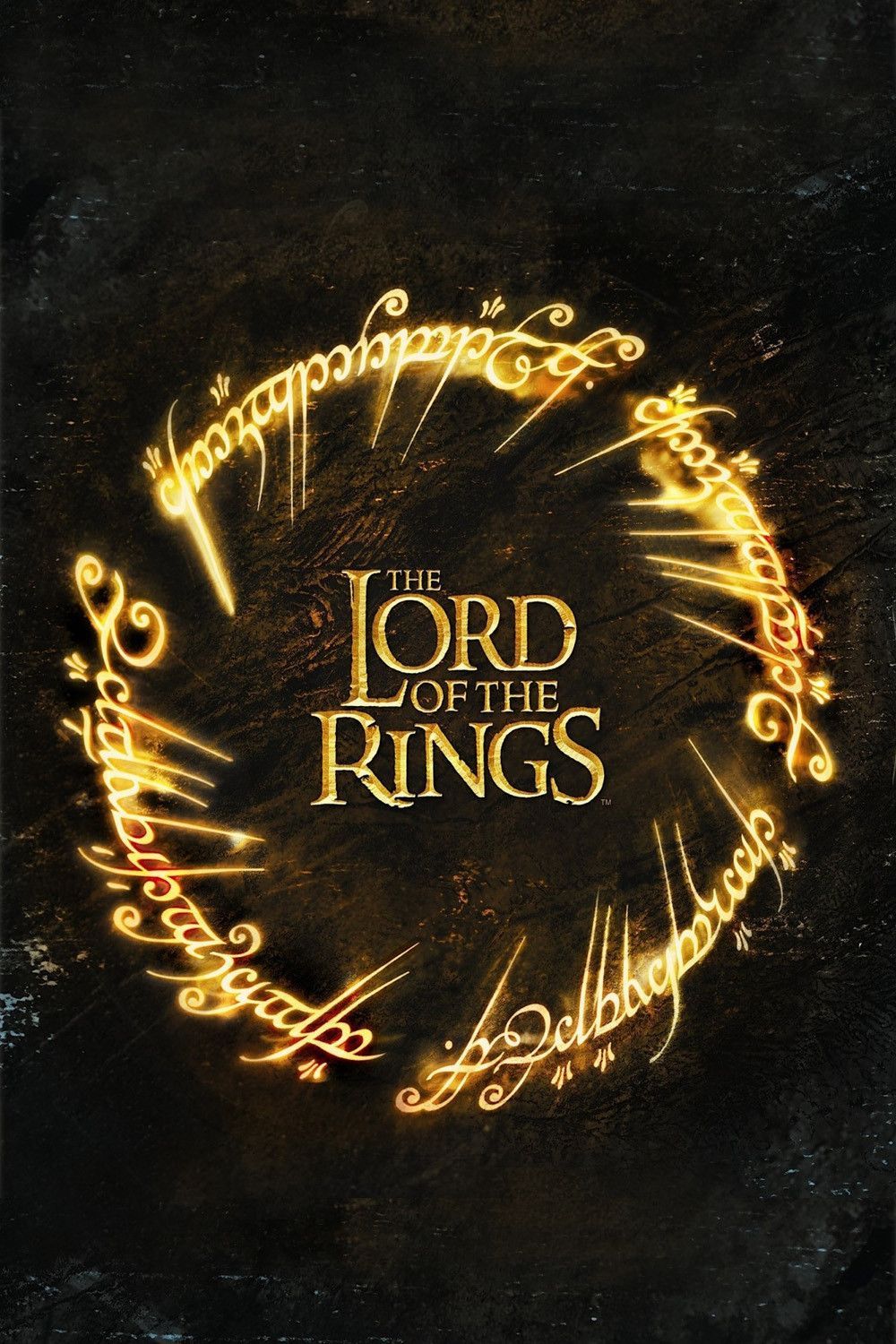
The Lord of the Rings
The Lord of the Rings is a multimedia franchise consisting of several movies and a TV show released by Amazon titled The Lord of the Rings: The Rings of Power. The franchise is based on J.R.R. Tolkien's book series that began in 1954 with The Fellowship of the Ring. The Lord of the Rings saw mainstream popularity with Peter Jackson's The Lord of the Rings and The Hobbit trilogies.
Created by J.R.R. Tolkien





/cdn.vox-cdn.com/uploads/chorus_asset/file/25623086/247270_Apple_watch_series_10_AKrales_0631.jpg)



 English (US) ·
English (US) ·